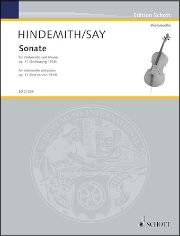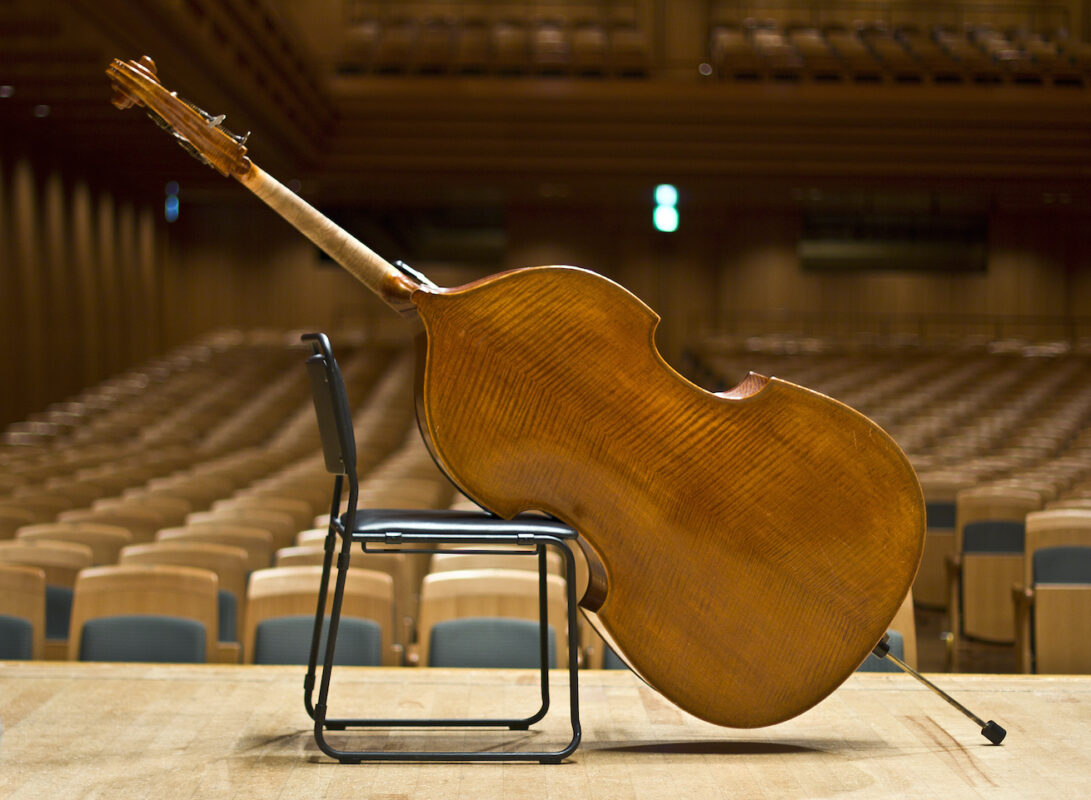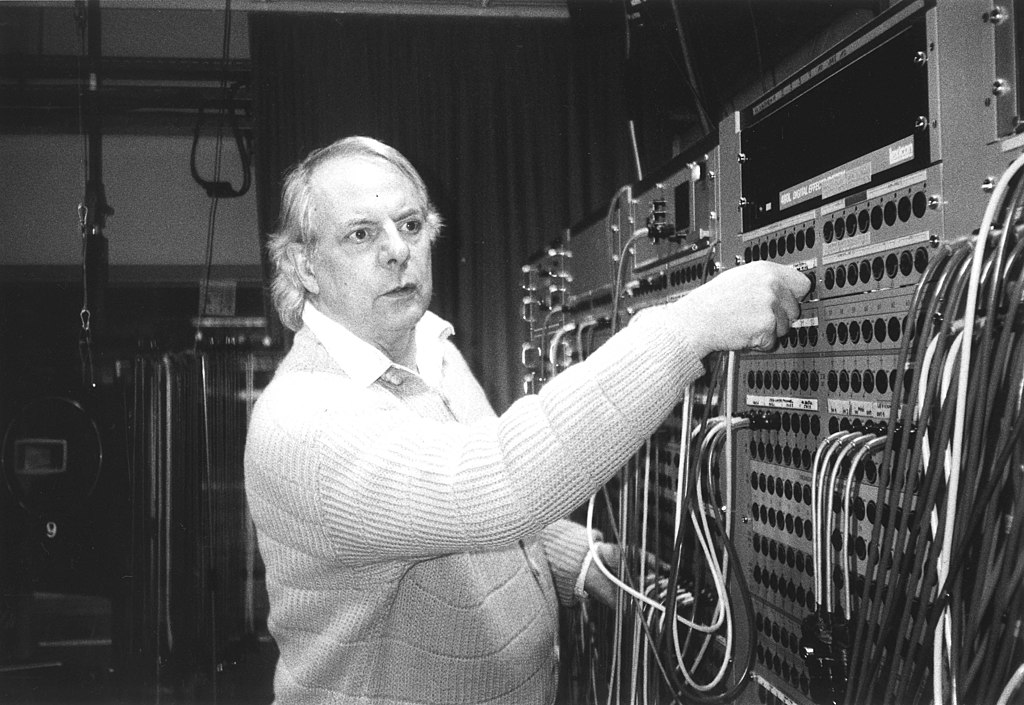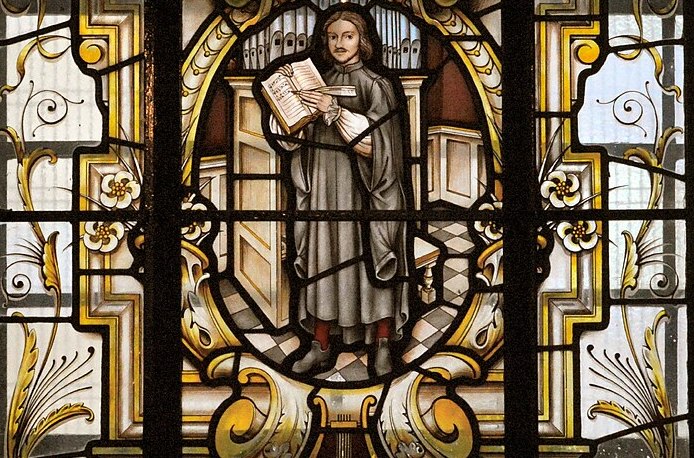Complex genesis
Fazil Say has reconstructed and completed the first version of Hindemith's cello sonata.
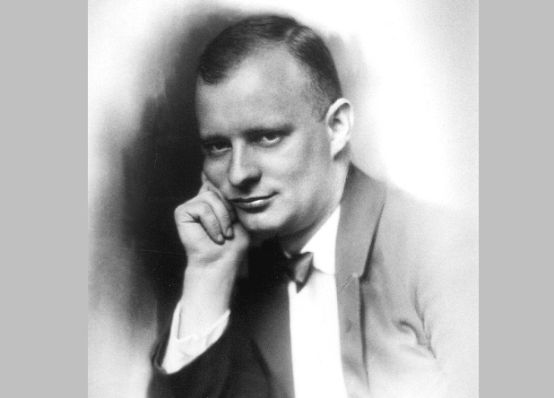
Paul Hindemith's Sonata op. 11 no. 3 for violoncello and piano existed in a form that differed greatly from the final version before it was published in 1921: originally conceived in three movements, Hindemith discarded the first and third movements and only used the middle movement as the final movement in the final two-movement version. The score of the first version is considered lost today. Only its autograph solo cello part and piano sketches have survived.
The Turkish pianist Fazil Say has set himself the task of transforming the surviving sources into a performable form. As with any partial reconstruction or addition, this experiment naturally has the stigma of the hypothetical. However, Fazil Say's version is a remarkable approach and evokes the stylistic complexity that can be found in Hindemith's works of this period. Not only Hindemith fans should take a closer look.
Paul Hindemith, Sonata for violoncello and piano op. 11 (first version 1919), completed and arranged by Fazil Say, score and parts, ED 21259 € 38.00, Schott, Mainz






